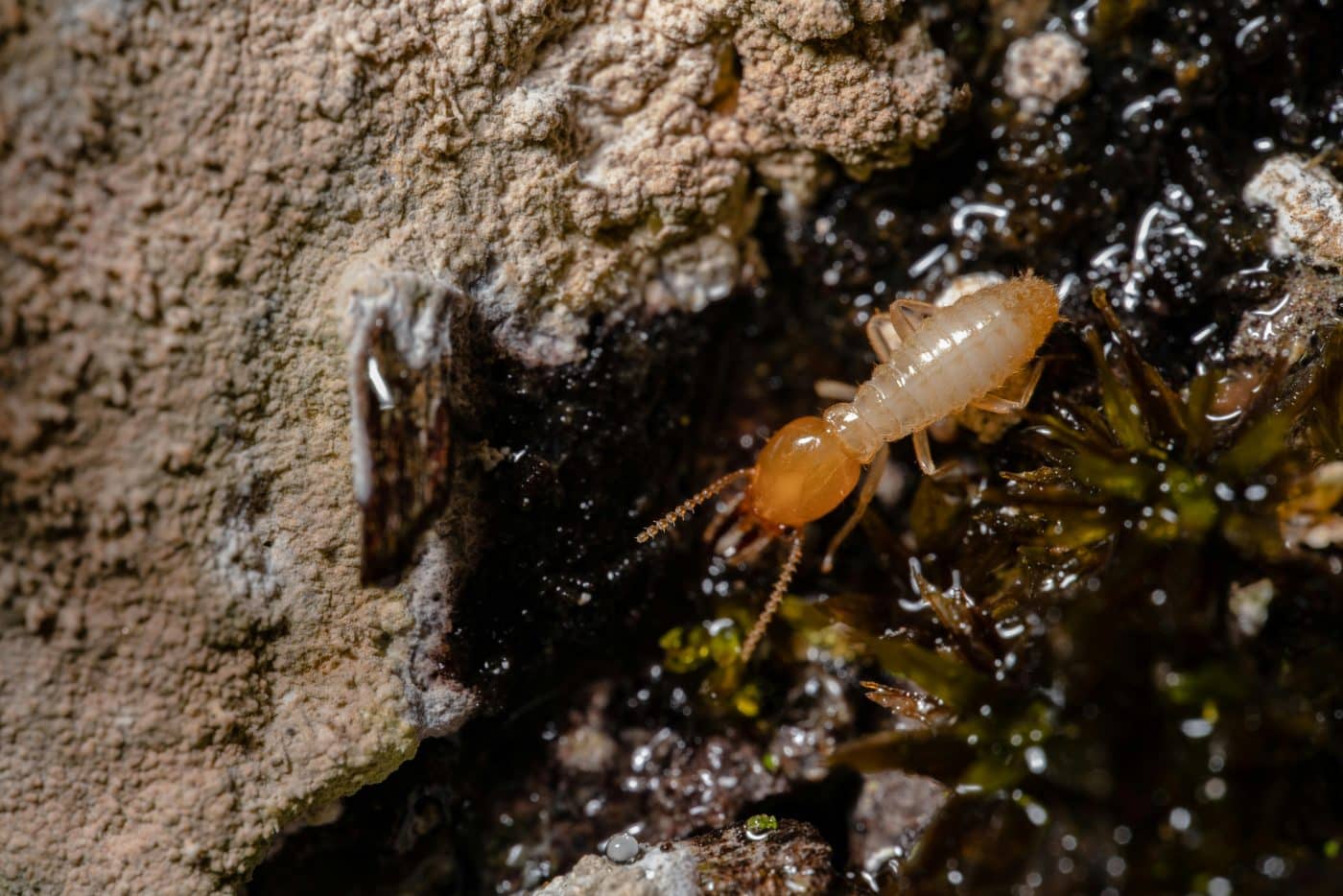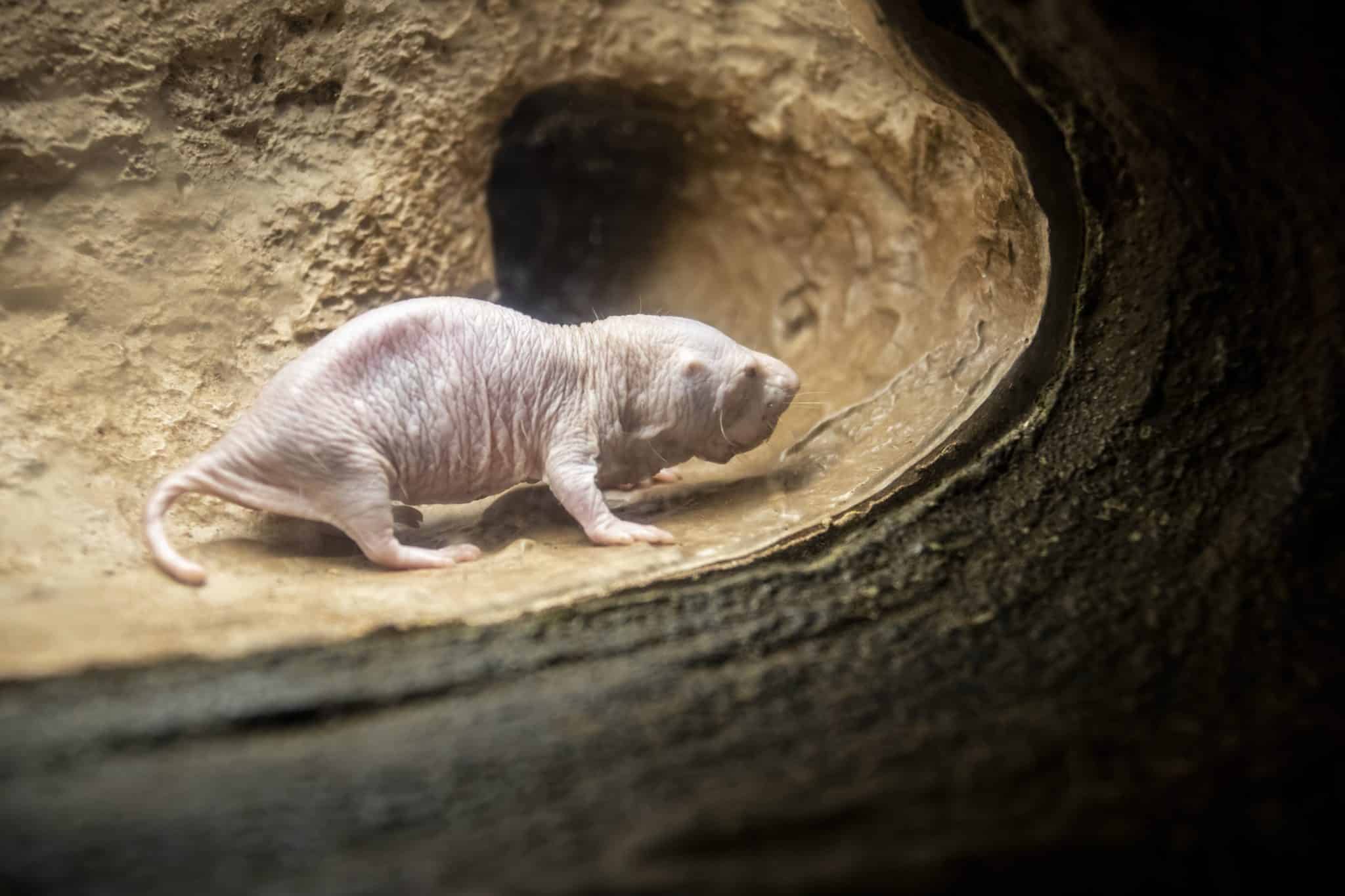 Shutterstock
Shutterstock
In the animal kingdom, survival goes beyond just strength or speed. Some species exhibit behaviors that may seem strange or unusual, yet they serve clever survival tactics. These behaviors might appear counterintuitive at first, but they’re designed to help these creatures thrive. Whether through cooperation, camouflage, or even self-sacrifice, these animals demonstrate how evolution has worked in mysterious ways to ensure their survival. Their unique strategies highlight nature’s incredible creativity in adapting to the challenges of life in the wild.
Pufferfish
 Shutterstock
Shutterstock
Pufferfish have one of the most intricate survival tactics in the animal world. When it’s time for mating, male pufferfish create stunning, geometric patterns in the sand. These designs, which can be up to seven feet in diameter, aren’t just for show—they attract females. This unique behavior serves both as a courtship ritual and as a distraction technique to keep predators at bay, proving that beauty can sometimes be more than skin deep.
Spotted Cuckoo
 Shutterstock
Shutterstock
The spotted cuckoo employs one of the most devious survival strategies in nature. Instead of raising its own young, the cuckoo lays its eggs in the nests of other birds, forcing the unsuspecting foster parents to care for them. Once the cuckoo chick hatches, it often ejects the host’s eggs or chicks, ensuring it gets all the attention and resources. This parasitic behavior allows the cuckoo to conserve its energy while using other birds to raise its young, ensuring its survival.
African Elephants
 Shutterstock
Shutterstock
African elephants are known for their intelligence and remarkable survival tactics. They communicate using infrasound, which are low-frequency sounds that can travel for miles through the ground. This form of communication helps them warn others of predators, share information about food and water, and maintain herd cohesion. These low-frequency rumbles allow elephants to stay connected even over vast distances, helping them navigate their environment and avoid danger.
Australian Bowerbird
 Shutterstock
Shutterstock
The Australian bowerbird is an expert at using creativity to secure its survival. Male bowerbirds build elaborate nests, or “bowers,” and decorate them with colorful items like flowers, plastic pieces, and even bits of glass. These elaborate displays are meant to attract females, with the most intricate and well-decorated bower increasing the male’s chances of mating. By demonstrating resourcefulness and creativity, the male bowerbird signals to potential mates that he has the qualities necessary for survival and reproduction.
Cuttlefish
 Shutterstock
Shutterstock
Cuttlefish are true masters of camouflage, capable of blending seamlessly into their surroundings. They use specialized cells in their skin called chromatophores, which allow them to change their color, texture, and even reflectivity. This advanced camouflage not only helps them avoid predators but also assists them in hunting and communicating. The ability to disappear into the environment and adapt to different situations is a key survival tactic for the cuttlefish, enabling it to thrive in both predatory and defensive roles.
Vampire Bats
 Shutterstock
Shutterstock
Vampire bats have developed an extraordinary social survival tactic to help them through difficult times. If one bat fails to find food, it can rely on others in the colony to regurgitate blood and feed it. This behavior strengthens social bonds within the group and ensures that every bat gets nourishment, even during lean times. By working together, vampire bats ensure the survival of the entire colony, demonstrating the power of cooperation in the face of challenges.
Termites
 Shutterstock
Shutterstock
Termites have evolved a shocking defense strategy that involves self-sacrifice. When a colony is under threat, certain worker termites will rush to the entrance and explode, releasing a sticky substance that can trap or deter predators. This selfless act protects the queen and other members of the colony by buying time for their escape. The termites’ willingness to sacrifice themselves for the group is a powerful survival tactic that ensures the continuation of the colony.
Arctic Tern
 Shutterstock
Shutterstock
The Arctic tern is one of the most remarkable travelers in the animal kingdom, undertaking a migration that spans the globe. Each year, this bird travels between the Arctic and Antarctic, covering over 40,000 miles. This incredible journey allows the tern to avoid the harshest conditions in both poles, ensuring access to food and optimal living conditions year-round. The Arctic tern’s extraordinary stamina and navigation skills are essential to its survival, enabling it to exploit the abundant resources in both polar regions.
Naked Mole Rat
 Shutterstock
Shutterstock
Naked mole rats have one of the most unusual social structures among mammals, living in large colonies with a single queen and numerous workers. These workers are responsible for foraging, defending the colony, and maintaining the tunnel systems. The queen’s exclusive role is to reproduce, ensuring the colony’s survival by maintaining a constant supply of new individuals. This cooperative, highly organized system enables naked mole rats to thrive in harsh underground conditions where food and resources are scarce.
Octopus
 Shutterstock
Shutterstock
Octopuses are renowned for their intelligence and problem-solving abilities, but they are also incredibly skilled escape artists. Thanks to their soft, flexible bodies, octopuses can squeeze through impossibly small spaces, making them hard to contain in enclosures. This ability to escape from predators and captivity alike has been honed as a survival tactic. The octopus’s remarkable flexibility and escape skills ensure its survival in environments where other creatures might struggle to adapt.
Honeybee
 Shutterstock
Shutterstock
Honeybees are vital pollinators, but they also have a unique and self-sacrificial defense mechanism. When a honeybee stings an intruder or predator, it releases a pheromone that alerts the rest of the colony to danger. While this behavior results in the death of the bee, it serves to protect the colony and ensure its survival. The honeybee’s willingness to sacrifice itself for the greater good of the colony highlights the importance of cooperation in survival.
The Genius Behind Weird Survival Tricks
 Shutterstock
Shutterstock
In the wild, survival is an unpredictable drama, and these animals’ strange behaviors are full of surprises. At first glance, some actions might seem odd, but they serve ingenious survival purposes. From self-sacrificing termites to octopuses with complex escape tactics, these creatures have developed fascinating strategies to thrive. Evolution has equipped them with remarkable adaptations, showing that survival often requires thinking outside the box. Nature’s survival stories are full of twists and turns, proving that sometimes reality is even stranger than fiction!
 Toledo, United States.
Toledo, United States.
